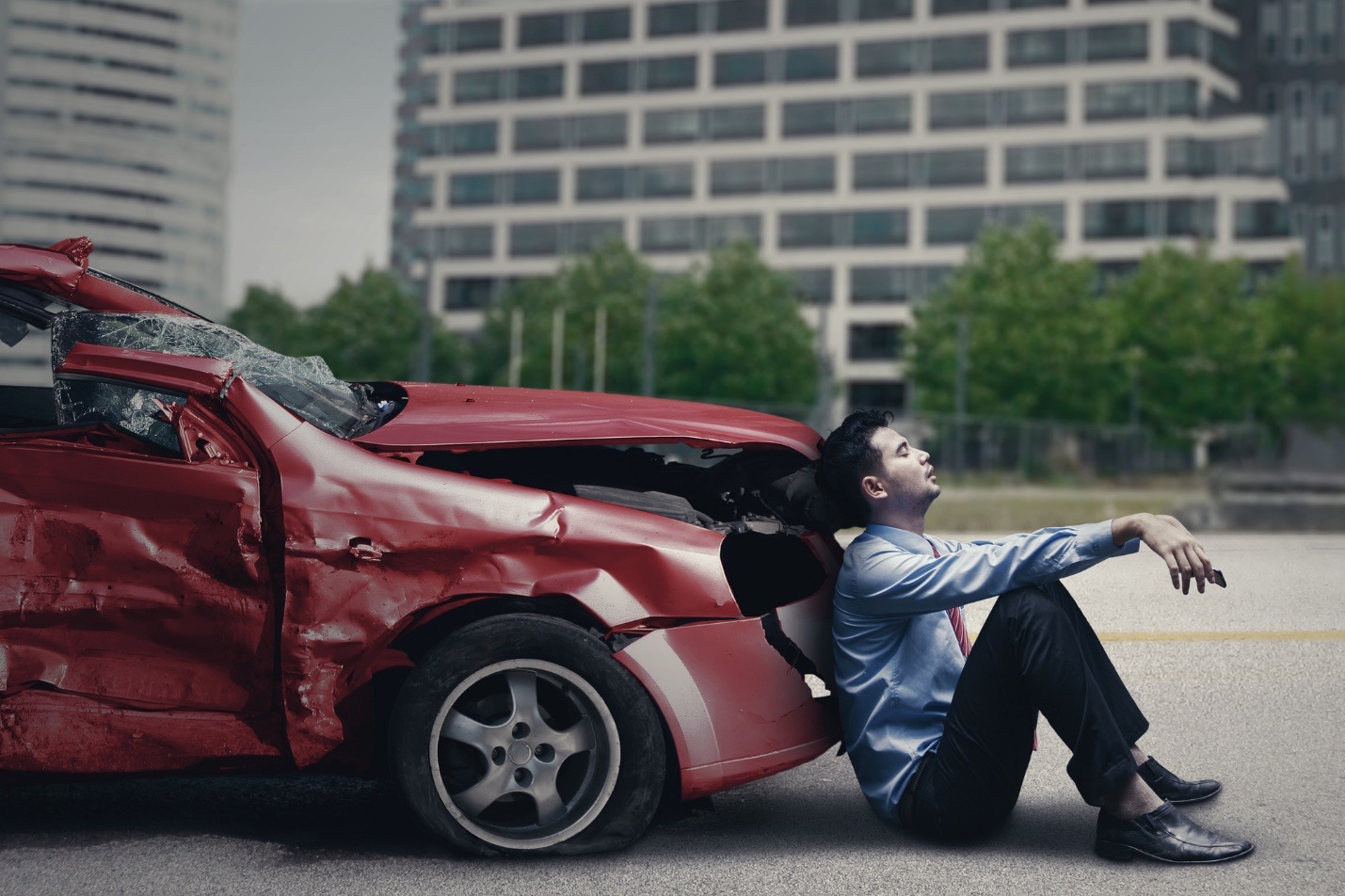There are many types of accidents and problems that can occur on the road, and no one car accident is the same as another. There are many different factors and terms to use when considering a car accident, including the type of collision, positioning of vehicles, and the number of vehicles or people involved.
Here is a guide to the most common car accidents you should know about to help you get more acquainted with the different types of car accidents and better prepare for them.
Head-On Collision
A head-on collision is when one vehicle hits another through face-to-face impact at the front of the two vehicles. Due to the vehicle positioning, head-on collisions can actually be very rare, as it would take one vehicle driving the wrong way to directly hit another vehicle head-on. However, it can happen if one vehicle is driving on the wrong side of the road or is driving the wrong way along a one-way street.
Side-On Collision
This is when one vehicle hits the side of another vehicle, whether the driver’s side or passenger’s side. This can most commonly happen when one vehicle is pulling out onto a road and an approaching vehicle fails to stop or let the car out.
Rear-End Collision
This occurs when a driver hits the back of the vehicle in front. This may be a high-impact collision if the rear driver is moving at speed, or it may be a small knock. Rear-end collisions can be complicated, as there may be debate as to whether the driver who is rear-ended is at fault or if the fault lies with the vehicle behind. Click here to learn more about what to do in a rear ended car accident
Pedestrian Accident
This involves a vehicle (or vehicles) colliding with a pedestrian who is walking on the sidewalk, crossing the road, or using a bicycle on the road. This could happen if a driver loses control of their vehicle, swerves, or fails to see a pedestrian.
Chain Accident
A chain accident is when multiple vehicles are involved in an incident due to a domino effect. This is most likely on highways or roads with a high build-up of traffic. If one car is collided with, this can create a chain effect for the row of traffic in front where vehicles may then collide into one another.
Single Vehicle Accidents
Car accidents don’t always have to involve another vehicle or another person. Single vehicle accidents occur when only one vehicle is involved, either through a fault of the driver, a vehicle malfunction, or something in the environment which has caused them to swerve or lose control. A common example of a single-vehicle accident is a car traveling at high speed and then rolling over if losing control.
Rideshare Accident
Rideshare cars are very common on the roads through rideshare companies such as Uber. A rideshare accident is when a passenger and driver suffer a car accident whilst using a rideshare vehicle. A paying passenger can therefore be involved in a rideshare accident, even if they are not driving and when they don’t own the vehicle.
When working to understand car accidents, how to protect yourself, and who might be at fault, it’s always a good idea to become familiar with these terms and how these different forms of car accidents can happen.




